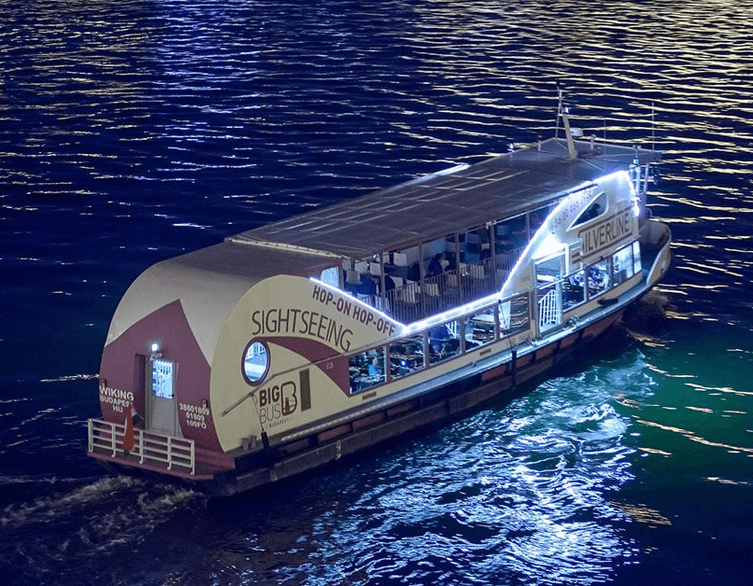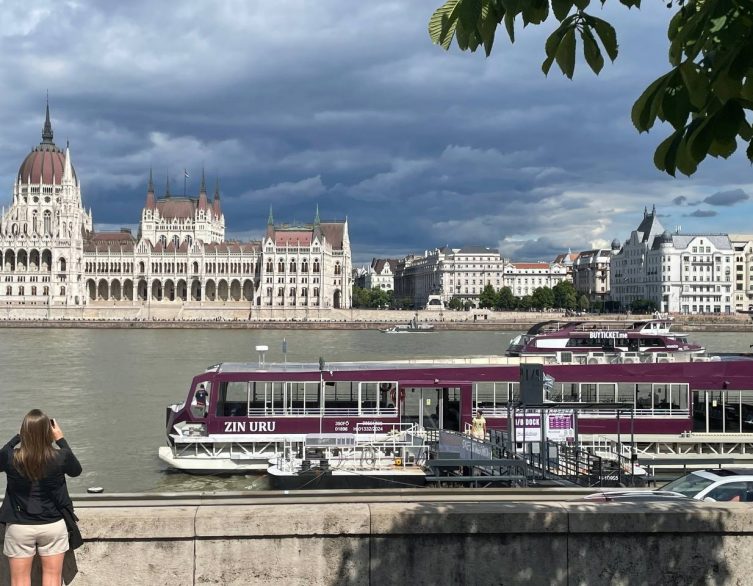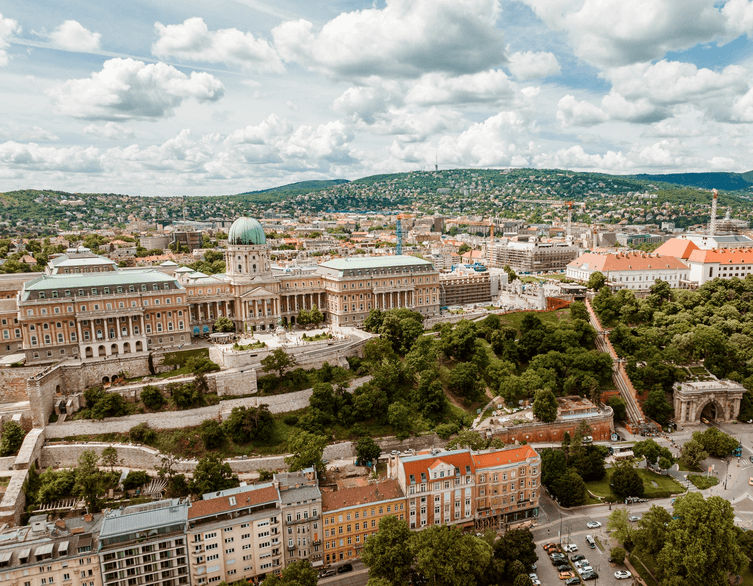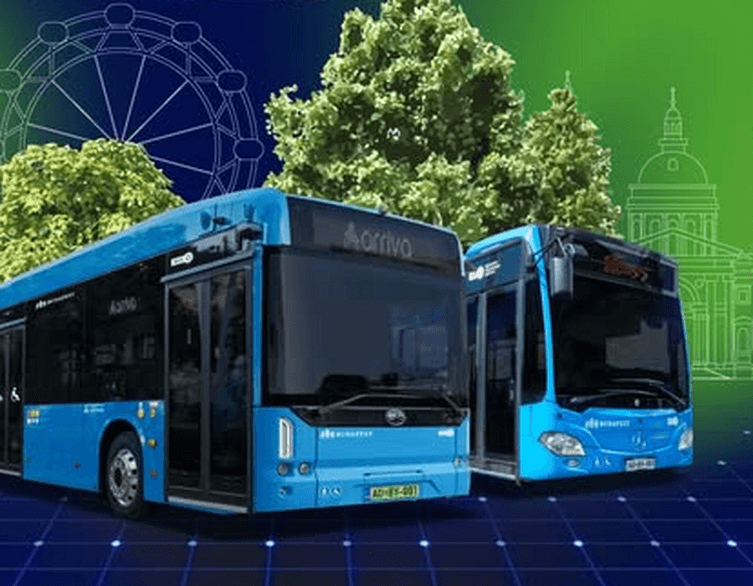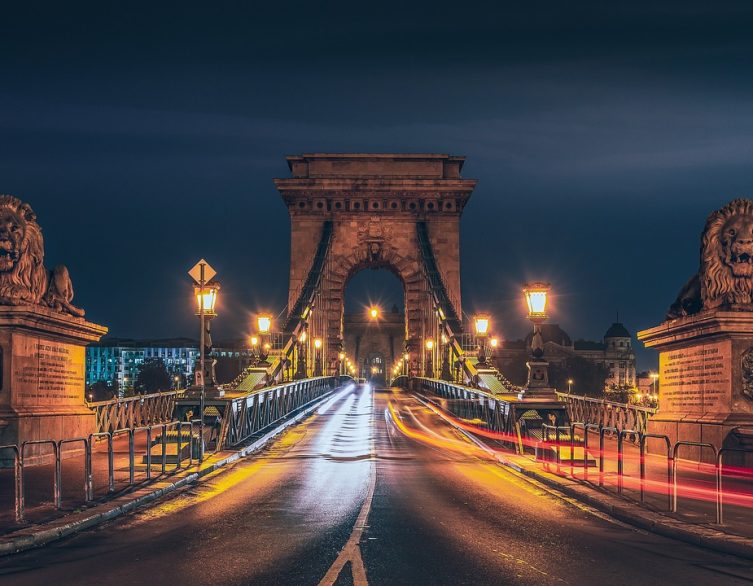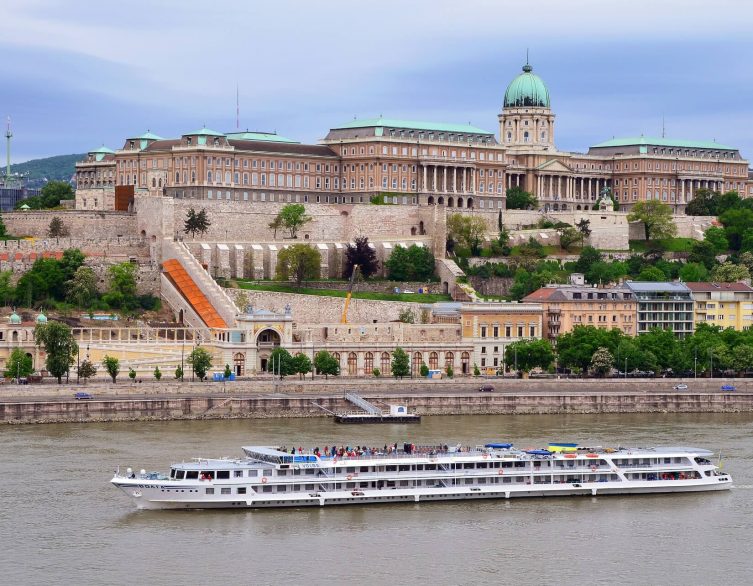Budapest’s Electric Revolution: The End of Diesel Sightseeing Buses by 2029
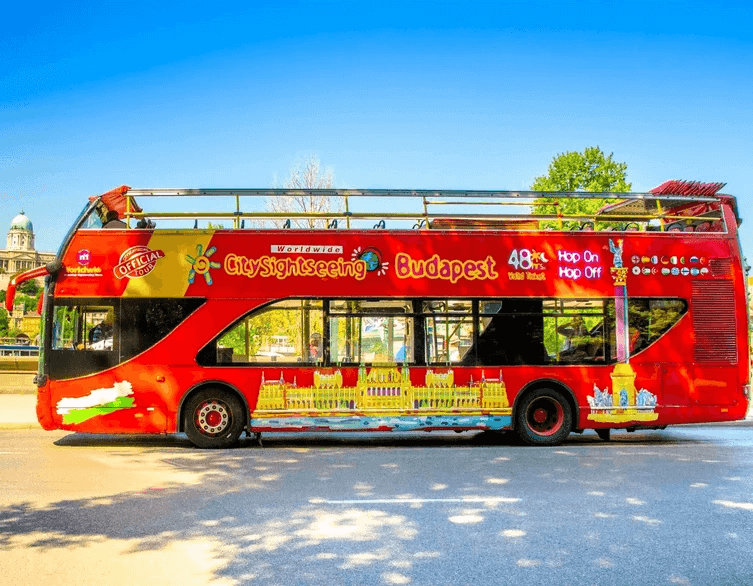
Budapest is taking a bold step toward sustainable tourism that will forever change how visitors explore the Hungarian capital. The city council has made a groundbreaking decision that will transform the tourist experience while protecting the environment and improving life for locals.
A Historic Decision for Cleaner Tourism
The Budapest City Council has unanimously approved new regulations that will completely ban diesel-powered sightseeing buses from the city center starting January 1, 2029. This means that all 27 hop-on hop-off buses currently operating in Budapest must be replaced with fully electric vehicles. The current fleet, which averages 18 years old and mostly features outdated Euro 3 engines, will be completely phased out in favor of zero-emission alternatives.
This decision represents more than just an environmental policy change. It signals Budapest’s commitment to becoming a model for sustainable urban tourism in Europe. The new regulations specifically target the hop-on hop-off buses that carry thousands of tourists daily through the city’s most precious historic areas, including routes past the Parliament building, Chain Bridge, St. Stephen’s Basilica, and Buda Castle.
The Environmental Impact Behind the Change
Currently, these aging diesel buses contribute significantly to air pollution in Budapest’s city center, precisely where both residents and visitors spend most of their time. The buses regularly travel through narrow historic streets where air quality is already a concern, adding unnecessary emissions to areas that should showcase Budapest’s beauty, not hide it behind exhaust fumes.
The transition to electric buses will dramatically reduce both air pollution and noise pollution in the city center. Visitors will no longer have to endure the rumble and vibration of diesel engines while trying to enjoy Budapest’s architectural marvels. Instead, they’ll experience smooth, quiet rides that allow them to fully appreciate the city’s stunning panoramas and historic atmosphere.
Who Benefits from This Green Transformation
Transportation expert Dávid Vitézy, former head of the Budapest Development Center, emphasized that this environmental measure won’t burden Budapest residents financially. The costs of transitioning to electric buses will ultimately be covered by tourism operators and their customers, not by local taxpayers. This approach ensures that the people who benefit from the cleaner, quieter environment aren’t the ones paying for the transition.
For tourists, the change promises a significantly enhanced sightseeing experience. Electric buses operate much more quietly than their diesel counterparts, allowing passengers to better hear audio guides and enjoy conversations without competing with engine noise. The smooth operation of electric motors also provides a more comfortable ride, particularly important when navigating Budapest’s historic cobblestone streets and varied terrain.
Best deals of Budapest
Following European Best Practices
Budapest’s decision aligns with similar initiatives across major European cities. London has already implemented restrictions on polluting buses in certain zones, while Amsterdam has divided its city center into areas where only electric or low-emission vehicles can operate. These precedents show that Budapest is joining a growing movement toward sustainable urban tourism rather than pioneering an untested approach.
The Hungarian capital’s commitment to electric sightseeing buses positions it as a leader in sustainable tourism within Central and Eastern Europe. This transformation will allow Budapest to compete not only through its historical and cultural attractions but also through its environmental responsibility, appealing to increasingly eco-conscious travelers.
What This Means for Your Budapest Visit
For visitors planning trips to Budapest in 2029 and beyond, this change promises a more pleasant and environmentally responsible way to explore the city. The electric buses will provide the same comprehensive routes covering all major attractions, but with improved comfort and reduced environmental impact.
The transition period leading up to 2029 gives tourism operators time to invest in modern, electric fleet replacements. Some companies may choose to purchase entirely new electric buses, while others might follow the German model of converting existing vehicles to electric power, which can be more cost-effective and faster to implement.
A Quieter, Cleaner Future for Budapest Tourism
The elimination of diesel sightseeing buses represents just the beginning of Budapest’s green transportation revolution. Experts suggest this could be followed by additional measures, such as restrictions on diesel taxis in the city center, requirements for electric delivery vehicles, or expanded bicycle infrastructure and pedestrian-friendly zones.
By 2029, visitors to Budapest will discover a city that has successfully balanced preserving its historic character with embracing sustainable practices. The new electric sightseeing buses will offer the same comprehensive coverage of Budapest’s attractions while contributing to cleaner air, reduced noise pollution, and a more pleasant urban environment for everyone.
This transformation demonstrates that Budapest is serious about becoming not just a destination that celebrates its past but one that takes responsibility for its future. For tourists, this means experiencing one of Europe’s most beautiful capitals in a way that respects both the city’s heritage and its environmental well-being.
Related news
Related attractions















